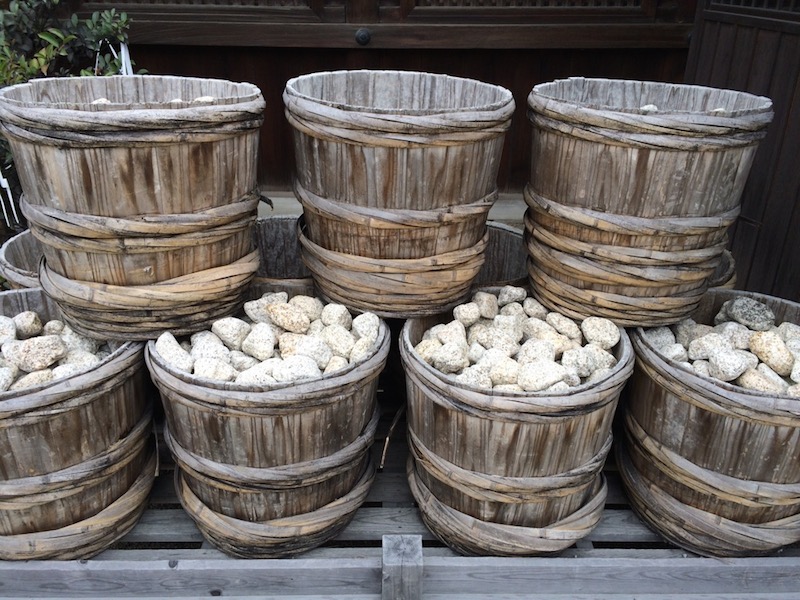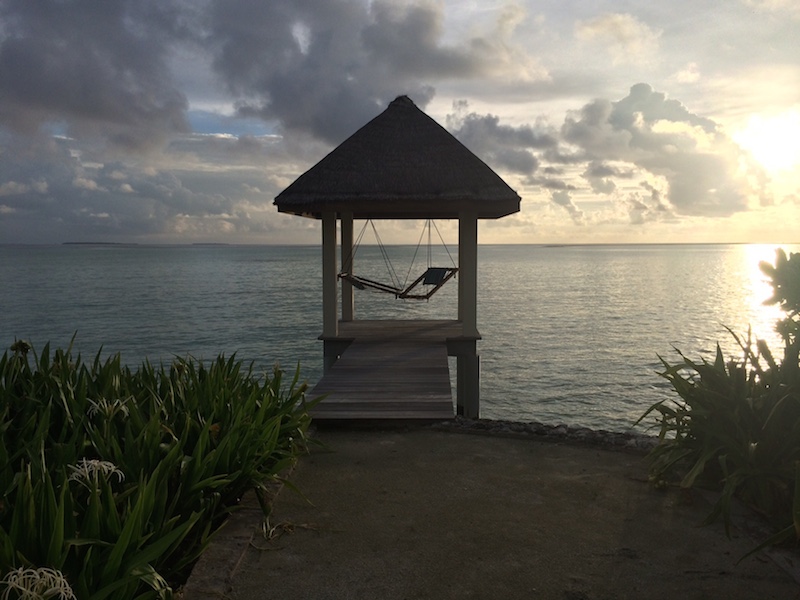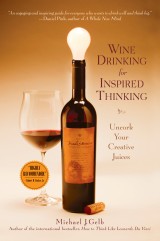On awareness: find spark of life through love
It seems that lasting success is largely based on awareness of reality and love. Balance is the golden key, yet is it even possible in love? Not only talent, hard work, luck or ruthlessness anchor fortune, but loving, intimate support respectful of each other’s space, being conscious about one’s emotions while being connected with what is happening around level up in realistic wholeness.
Money and fame don’t feed the soul, exchanging true love expands it, so we need it, seek it, worship it. In great art — from cave drawings to the increasingly rare comforting glimpses in contemporary expressions of creativity — hard work grounded in love inspires. At its stirring best, art motivates us not to repress our emotions.
Awareness of loves

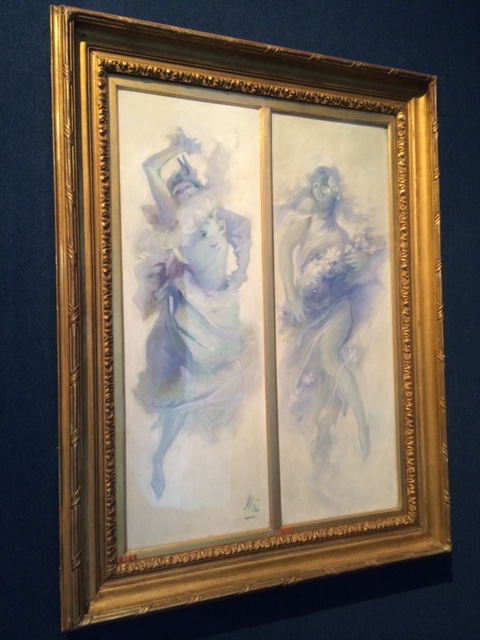
Music, opera, poetry, contemporary street art and yoga are abundantly filled with love messages. Ruling high above all of these loves with somebody or something – the other – is the only independent and unconditional love – the love of yourself. Why? “The only thing that never changes is awareness. We change, our personality changes, as do other people and things”, said one wise, well-travelled healer I know. Awareness of your love is the only thing you can control. The hearth must be kept warm.
As I dove into references, I realised that such wisdom has been shared across distinct cultures for millennia. Respected sages like the poet Rumi and the 14th Dalai Lama tapped the secret for contentment. Confucianists accept that some things are beyond our control. And it all makes sense.
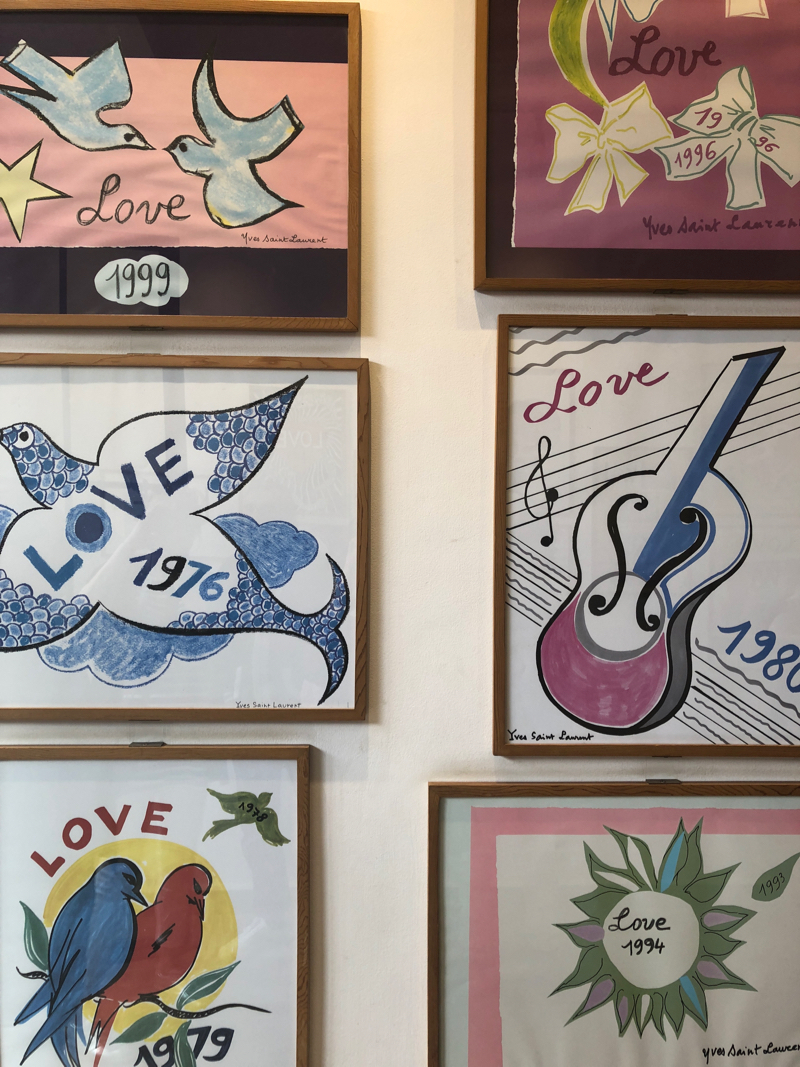 Building on the learned discourses of the Greek Stoics, Cicero, the Western history’s most celebrated Roman orator pondered happiness in his book On the Good Life. Paying respect to Plato’s wisdom, Cicero’s elemental message piercing through his work was that “all wise men are happy”. In the process of reading this work my awareness was set to absorb and accept this existential essence. The Stoic dogma of love not being able to deliver eternal happiness is about the dependence on the other. The other living being can change, get sick or die, but all you can have for your entire life is independence of your own love for yourself. Happiness is a choice, and it is the acceptance of yourself. Epictetus would nod.
Building on the learned discourses of the Greek Stoics, Cicero, the Western history’s most celebrated Roman orator pondered happiness in his book On the Good Life. Paying respect to Plato’s wisdom, Cicero’s elemental message piercing through his work was that “all wise men are happy”. In the process of reading this work my awareness was set to absorb and accept this existential essence. The Stoic dogma of love not being able to deliver eternal happiness is about the dependence on the other. The other living being can change, get sick or die, but all you can have for your entire life is independence of your own love for yourself. Happiness is a choice, and it is the acceptance of yourself. Epictetus would nod.
From our contemporaries, Alain de Botton calls this loving dependence an immature love in his best-seller On Love. Matured, love accepts oneself, the other’s space and this is the road to happy life.
Rainer-Maria Rilke nailed it: “Love consists in this, that two solitudes protect and touch and greet each other. What we call fate does not come into us from the outside, but emerges from us. I hold this to be the highest task for a bond between two people: that each protects the solitude of the other.”
Contentment with one’s purpose is a primordial force that is desired by all savvy mindful beings. I wrote about the art of happiness recently, yet I felt that there was much more to be learned. The nagging gut feeling that more musts be said, taught me that not everything is beyond our control. By allowing awareness, purely being, we can take control over our sense of contentment.
There are some gifted people that inspire an in-depth talk, an outpour of our true self, and put us at such an ease that we let go our defences and accept pure reality. Eloquence is useful only when we enrich our knowledge, not just for the sake of filling time and space. So is the inner voice inside our heads. If overused, fatigue overwhelms us and depletes the life’s vital energy to be happy, love and create contentment. Take it easy with words and deeds.

I am hinting on an apparently omnipresent foe, a perilous companion that distinguishes us from other living creatures on Earth — the evolved human mind. The thinking head sets hurdles to our attainment of happiness. Even if the desire was as strong as the roots of perennial grass, we are constantly seduced by the snake to fail ourselves.
If we don’t open our minds to reality through direct experience, awakening, then we may scavenge on the debris of thoughts on repeat and in vain. But you won’t find the answer in these messengers of intelligence, competitiveness, doubt, worry (anxiety) and other emotions. The only aspect of human life that never changes is the awareness of being. By raising to higher consciousness we evolve beyond the emotions that do not serve us.
Due to the perceived cycle of existence, nobody will probably ever prove if this element ceases to exist, for its nature is ethereal. Perhaps, like the more commonly discussed soul, awareness continues its journey beyond the deceased human body, who knows? Religions and the mind’s ceaseless hunt for reasoning cash on this ego-borne vanity. Ego is the major adversary to our happiness though. Trust is friend of love. It can be difficult to plant in one’s life, but since love is one of the essential human needs, we must cultivate trust in others and ourselves.
CREATION: POURING OUR EMOTIONS OUT VIA ART
A stark example of the workings that our happiness-defeating mind employs can be the tendency to selfishness. Where empathy and unconditional love are not present, selfishness rules. When we dive deep into our mind, we can feel lonely. Of course, if we are so hedonistically concerned with our Self, it is a lonely place. Selfishness may make us illusionary feel better in this solitary misery. Again the key is the amount and other balancing forces. Unconditional love is naturally present in us. Nature made it so for the sake of continuity.
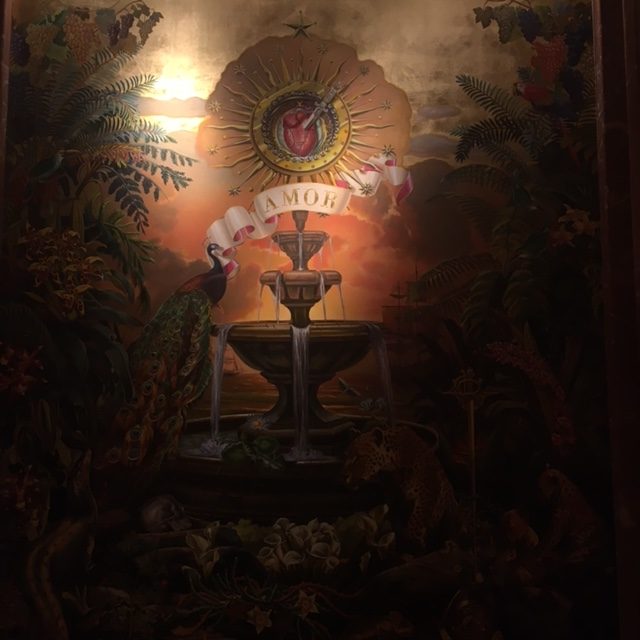

Life cycles unbound and penetrated through awareness
Our mind dives into positive or negative periods. During the high times we are elevated, intoxicated and attracting others with the perfume of our happiness. We make art, friends, lovers, and just enjoy the pure being in joy. Were dance through the every day.
In the negative captivity of our mind, we estrange ourselves from others and contemplate the dark sides of being and thinking. Often, this is an emotionally charged period for mind-opening art to be created in solitude. Whether it is a way to self-healing, an urge to remedy the sorrow and loneliness through the medium of painting, sculpture, music or a script, is disputable, but for some it works.
Turning to pen and paper, a computer, a canvas or a matter to mould with one’s hands can feel therapeutical. It is a tool to awareness, the medium opening sorrows to flow out to the outer space. Whether you consider yourself a creative humanist or not, express yourself through whatever medium appeals to you. It brings about the awareness of being that we need to cultivate happiness. Plus, it clarifies your current position and brings you closer to feeling fulfilled in reality. Penetrate into truth, into what you have, not what you think that you should do or have.
This is what fascinates me about art. Beyond duality, the colourful complexity of humanness painted, sculpted, written or in other way formed strikingly. Yet, I feel that today there is too much negativity in art. We live in yet another cycle of the age of darkness, change is emerging and we are being challenged. More than the pure admiration and love of beauty, proportion and reflection in the mundane physical and ethereal world, many artists today put their negatively charged emotions into their creations, and it hurts as some of us connect with them through their work.
THE JOURNEY TO REALISATION of AWARENESS
Some of us need another person to show us THE TRUTH. Our mind selfishly and unscrupulously guards enlightened clarity from our awareness. I am not talking about a religious guru, a well-read psychologist, by theory-burdened philosopher, but an authentic sage, whose life’s experience can summon millennia of wisdom to our current state of being. A yogi or a monk might get so enveloped in their meditation that the life’s essence may swoosh like a rabbit crossing the path right in front of their closed eyes. An intriguingly wise, mature person that I met very recently pointed me to the direction that I deep down already knew. We connected and my instinct reawakened. In spite of my degree in psychology, I was unable to decipher the nature of humanness prior to this wholesomely feeling encounter.

The realisation did not lay in my reasoning intelligence, the thoughts, but in being able to simply realise myself as a vulnerable being. The fog that covered my life’s journey cleared out. I savoured the pleasure and joy in wine, but it did not to last. Tipsying through wine daily is unsustainable to one’s truth and well-being.
I had to search for happiness elsewhere. Through years of marriage I learned that love for your other half is beautiful, but not a cure to loneliness and a road to fulfilment. It is not enough. We must start inside, by getting acquaintance with our true selves. For this we need regular space in solitude. Create this me space.
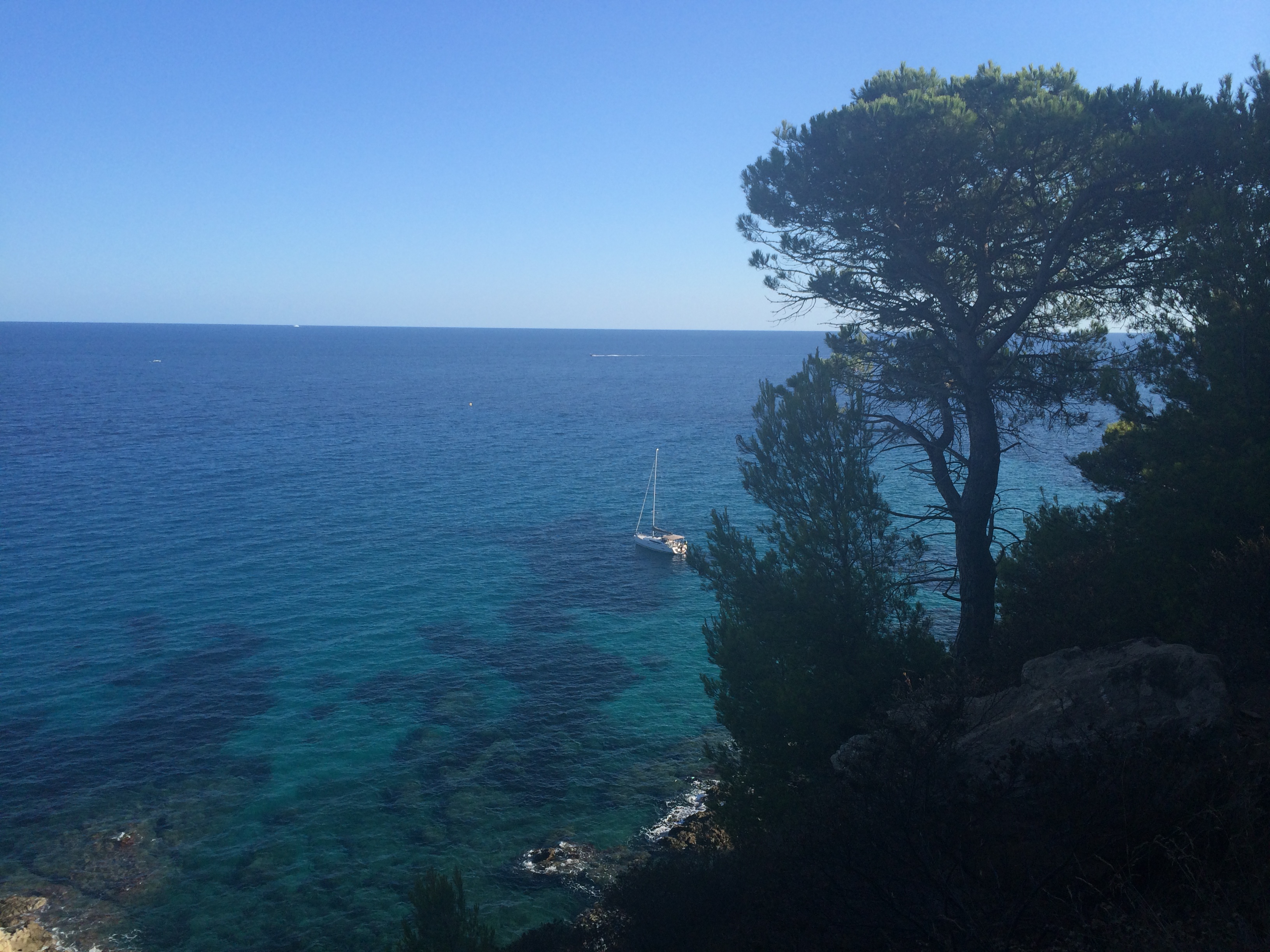
DEFYING PHYSICAL PAIN: MEETING THE AWARENESS IN LOVE
What he was about to tell me would change my life, profoundly. Our doubts should not be pondered about, because one would engage the one enemy that constantly fight in our heads – the mind. And this is where he started: First you must love yourself, be aware of your true being, and let go off distractions.
I came to see him for my leg pain. I was not even for a minute thinking about meeting someone so spiritually powerful. He was a physical therapist and mastered the craniosacral methods of fixing inner misalignments by gentle engagement. We talked, and I experienced something almost magical: the extraordinary awareness of simply being resolved within seconds my pain.
Not easy to do, but without the mind’s forcing ego, this is the most natural, comforting and contentment inducing experience any human can allow for one’s self. Ancient taoist teachings described and guided its followers to its essence, the tao. Letting go off the ego whispers of the mind, analysing, comparing, discrediting, approving, and in other ways intersecting life’s smooth operations, feels blissful.
Liberating. Isn’t pain a prison? Hope and faith was one efficient remedy used by religions. Yet, there are many methods today that can free you from physical pain by connecting with the emotional disruption within yourself. Psychosomatic health issues are more common than accidents and injuries and there are more professionals who dedicate to healing through this holistic approach.
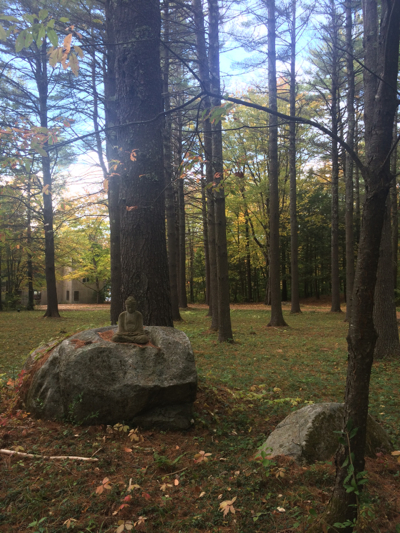

“Just for a split of a second …” he said, and the surreal energy he transmitted suddenly took over my constantly streaming mind. Ah, I stared as if I was stricken by a numbing shot, feeling weightless, worry-free and strangely unfamiliar with myself. He smiled and softly spoke, asking me to describe what it felt like. What IT felt like? I had to figure out what I was just experiencing. It felt amazing! The worries in my mind were just gone. He explained that he uses a Tibetan technique orally transmitted for centuries of asking divergent questions so the respondent thinks “in different directions, the alternatives”. It allows for your personal connection with the vast space of your presence.
We usually just use our mind too much. You must know the heavy feeling inside your head. The shame is that we do not let the rest of ourselves to manifest – the spirit, the natural state of oneself. I experience rather often the glimpses of this weightless, connected state while in nature. Alone, exposed to the raw elements, the natural cycle of an effortless being, I felt connected with the universe, that awareness of pure beingthat heals.
This calming technique can be stronger for me than just deep breathing from the yoga tradition, and is different from meditation. The latter is the control of thoughts, the non-attached observation of them. The mind is engaged, but the awareness of pure being is different, it is letting go, completely. The Japanese call it nothingness. As I wrote earlier, its healing power is enormous. The boulder drops, all problems, ego, disappear and we regain happiness. The moment of connection with one’s true nature. This state is the only aspect of life that never changes. IT gives us the much needed moment of distancing ourselves from a bad, transient situation. Just be and that will solve all your problems!
Judgement also comes as a habit from our ego that spoils our joy of being.
CREATE A GENUINE RELATIONSHIP WITH YOURSELF
Psychology is obsessed with the self, ego, consciousness, subconsciousness, and all that is focal to the mind. It can illuminate some dark alleys of life and our behaviour, but it misses the point. The best way to help oneself, to feel better is to step aside of one’s emotional turbulence. It will pass, any emotion that is present now will not be here forever. Jungian depth psychology goes deeper by allowing for the unconscious to be revealed, and thus understood through our individual awareness.
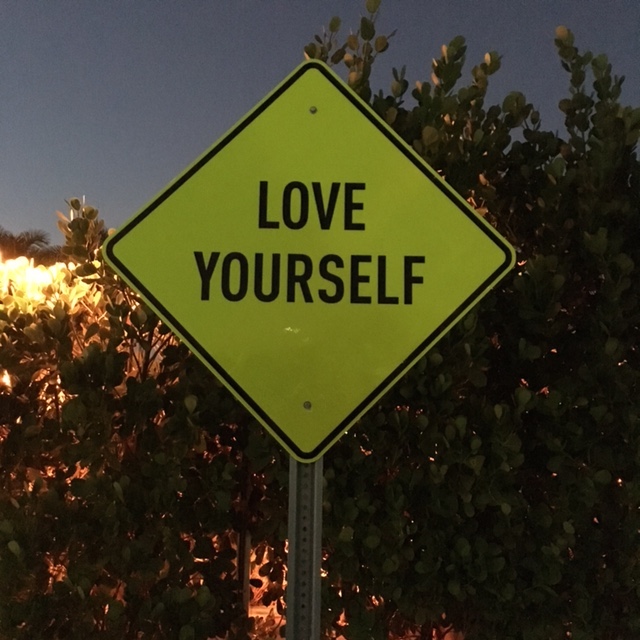

Love of oneself should be a prerequisite to entering society. I am a tough, independent hard worker, but I cried, when I realised that I did not love myself just because I was not feeling worthy of love. Without connection, there is no binding to the loved object, no commitment, no relationship. We must nurture our relationship to ourselves, and only then we can allow ceaseless happiness to penetrate every millisecond of life. We live in a collective. The Dalai Lama knows that by sharing his happiness, he can sustain his own joy, it is reciprocal, karma. But you must discover it yourself. One can point you out there, but you must experience your inner reality, the awareness of self love is liberating! BE LOVE
INTELLIGENCE SHARES LOVE: Einstein loved nature
Mindfully reflecting upon one’s life experiences or meeting an enlightened thinker, being with music or observing nature with clear awareness, only a few paths spark the potential for harmony and happiness in the world. Whether you are a Christian, Muslim, Confucianist, Buddhist or atheist, we all tend to agree that genuine love breeds kindness and compassion. Reason is only one part of us, and rarely leads to joy. Love is what we must ultimately seek for peace and happiness. Above all, love teaches us how beautifully levitating is selflessness.
YOU will not find contentment in any specific location. IT is not about the place, but about your mindset. We are happier in some places than others, such as being in nature on our own. Latitudes and longitudes do nothing much, we are not vines. The energy we feel in our mind is unique to humans. We create awareness when we are comforted, we stop thinking and start purely enjoying. Like an orgasm or looking at your newborn baby — in that moment you are just being love.
Awareness of being, compassionate love of yourself, and the wisdom of practice are the three pillars for lasting happiness. Radiate love and others around you fill follow. Spreading such contagion is the best action with which one can contribute to a better, peaceful and happier world. We are all heroes. Just overcome the hurdles of the ego-mind and open yourself to being happy. Give joy to others.




